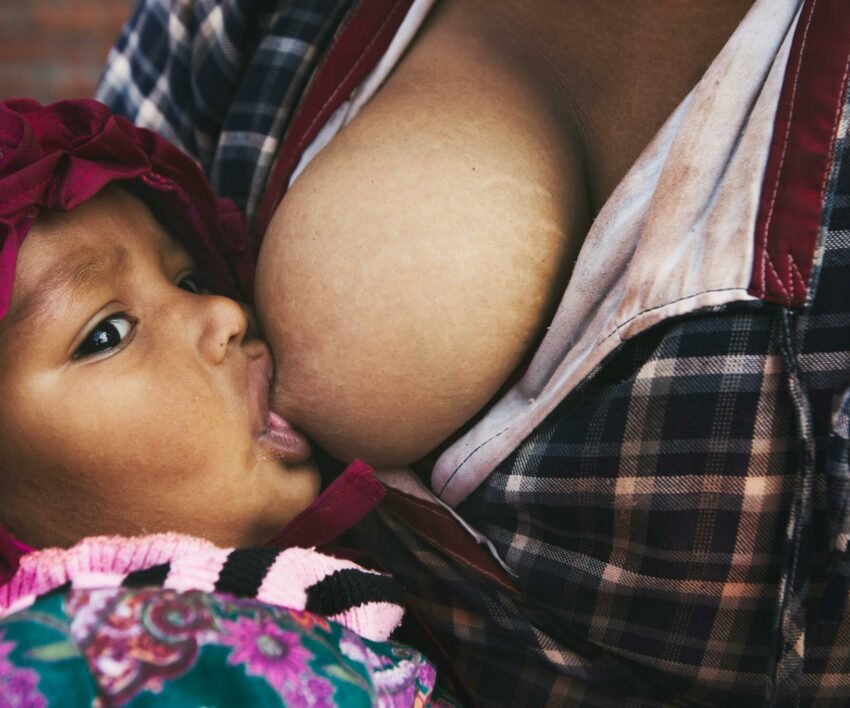
Breastfeeding is considered the healthiest option to nurse your growing baby, it is beneficial for mom and the child. It is also most preferred by a lot of women because it brings about a sense of bond and connection between mother and baby.
This type of feeding also saves the parent from spending money on baby formula. Be that as it may, breastfeeding has its downside, mothers who breastfeed are prone to nipple fissures, which are basically cracks on the nipples.
This has to be the most excruciating part of breastfeeding because as a nursing mom, you don’t have a choice of not feeding your baby because your nipples are cracked and bleeding, the baby needs their milk. There are several causes of this and health experts state why this happens and how to treat the situation to ensure a smooth feeding journey for you and your baby.
Medical News Today states that cracked nipples during breastfeeding can occur due to issues with the baby’s latch, having trouble finding the optimal position, and using a breast pump that has a small pump flange. It is said that these issues are most common in the first month postpartum, as babies learn to nurse and may take longer to latch onto the breast.
Other causes according to What To Expect include nipple sensitivity, thrush, milk blebs or blisters, baby teething, and mom’s eczema.
This is how you can treat your cracked nipples as a breastfeeding mom:
Use breast milk: The Healthline publication suggests that nursing mothers should apply freshly expressed breast milk to cracked nipples for healing and antibacterial protection and they can do this right after a breastfeeding session. “Make sure to wash your hands before gently applying a few drops of breast milk to your nipples. Allow the milk to air-dry before covering up.” The publication then warns that you should not use this remedy if you have thrush, and that after feeding your child, you should wash any leftover breast milk from your nipple as the yeast in human milk develops fast.
Warm compress: This is another easily accessible beneficial option according to Healthline, although there are no antibacterial advantages, the publication believes that using warm, moist compresses on painful, cracked nipples during breastfeeding may be helpful. “To apply, dip a washcloth in warm water, and wring out excess liquid. Place the washcloth over your nipple and breast for a few minutes, then gently pat dry.”
Ointments: According to the Cleveland Clinic, another trick is to gently apply over-the-counter creams and ointments to soothe nipple pain and promote healing. It is advised to then wipe it all off before nursing the baby.
Breast shells: “Breast shells cover your sensitive nipples to protect them from any friction in between feedings,” states the Pampers publication. However, the publication cautions that you do not use plastic breast shells as they have the potential to absorb moisture and if you do wear them, wear them for no longer than thirty minutes.




